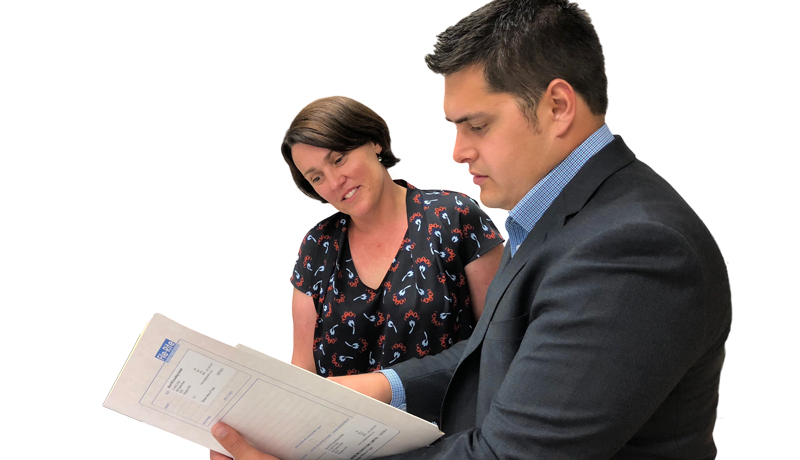A ten-part series exclusive to NZBusiness in which successful serial entrepreneur Mark Loveys provides a succinct ‘how to’ guide for would-be entrepreneurs – to help take your idea to the world.
Part 2. First Critical Steps (from ‘Big Idea’ towards Saleable Product or Service)
In Part 1 ‘The Big Idea’ we looked at the inspiration, initial scrutiny and your determination to establish a start-up business.
If you survived Part 1, you will now have at least a basic plan – a concept of this new business which needs fleshing out over time. That plan will be a living, breathing document which will evolve and/or pivot as you progress your business and learn from your market.
The first critical step is deciding on the key people you need with you on this journey.
Co-founders
You may or may not already have co-founders associated with your start-up. If you don’t, you should think about the pros and cons of having co-founders, whether you want or need them and how you can find them. This needs to be established before you go much further in setting up your business.
I’ve tended to choose people I’ve previously worked well with and are strong in areas that I’m not strong in. Over the years, I’ve learnt a lot from my co-founders.
Ideal co-founders should share a common vision of the type of business you are building, its culture and what your end-game is (e.g. a job for life versus trade sale or IPO).
Co-founders should ideally have complementary skills and similar compatible working styles.
For example, your co-founder team might consist of people with strengths in sales, marketing, product development, operations, finance and legal.
Any skills your co-founder team lacks will need to be covered by other staff, contractors or outsourced.
Ideally, at least one of you should have knowledge and experience associated with the market you are targeting.
You’ll also need to agree who is going to be the leader – the CEO. Power struggles and politics among founders can be a very wasteful drain of your time and energy, so you should sort this out early.
Decide on how much you will pay yourselves from the business (if at all in the early stages), how much money (and/or “sweat equity”) you will each put in and how the ownership of the company will be divided.
Employment by the business and ownership of the business are separate subjects and you might need to plan a timeline for who gets employed (full-time or part-time) at what stage.
Whatever formula you agree on needs to be fair, simple to understand and agreed upon by all the co-founders. It also needs to be within the bounds of what the business can afford and operate on.
Importantly, you need to get on well with your co-founders. You will spend a lot of time working together, often in stressful situations and incompatibilities tend to magnify over time.
Testing, validating and adapting
My experience in business planning has shown that everything takes twice as long, costs twice as much and is never as easy as you expect. You’ll need to have the attitude that you are always learning from the market and the people around you – no matter how often you’ve done this before. If you refuse to continually learn and adapt your planning and execution to your market conditions, you will probably fail.
Discuss your ideas and listen to people within your target market. Research your competitors, analyse their strengths and weaknesses. Determine theirs and your competitive unique selling points (USPs), strategies and pricing.
Never stop researching and learning.
Naming your business
A good business name should be unique, memorable and perhaps have some logical connection to what your business does. You can check uniqueness by Internet searching the name and checking to see whether the Internet domain names and company name are available.
If you plan to build an international business, you will need to check for uniqueness globally. It’s a pain and potentially costly to have to change your name later.
Register the company name, the Internet domain name and a trademark of your business name as soon as possible to secure ownership and lock these down. This can all be done online and is not expensive.
If your new business has developed something unique or is doing something unique, you should also look at registering associated patents as soon as possible. See a qualified expert for advice on patents.
Once you’ve agreed on a name and done the registrations, your business will start to feel more real and exciting, with its own identity. Something material is starting to take shape.
In Part 3 we look at developing your product or service.
________
Mark Loveys has been dubbed ‘one of New Zealand’s most successful serial software entrepreneurs’. He was the original developer of Exonet, the ERP software suite now called MYOB Exo, and former chairman and co-founder of Datasquirt.
As co-founder and former CEO of Enprise Group, Mark helped establish EMS-Cortex ‘cloud control panel’ software as a leading international solution and was instrumental in the sale of EMS-Cortex to Citrix in 2011. These trade sales have a combined value of more than $50 million.




